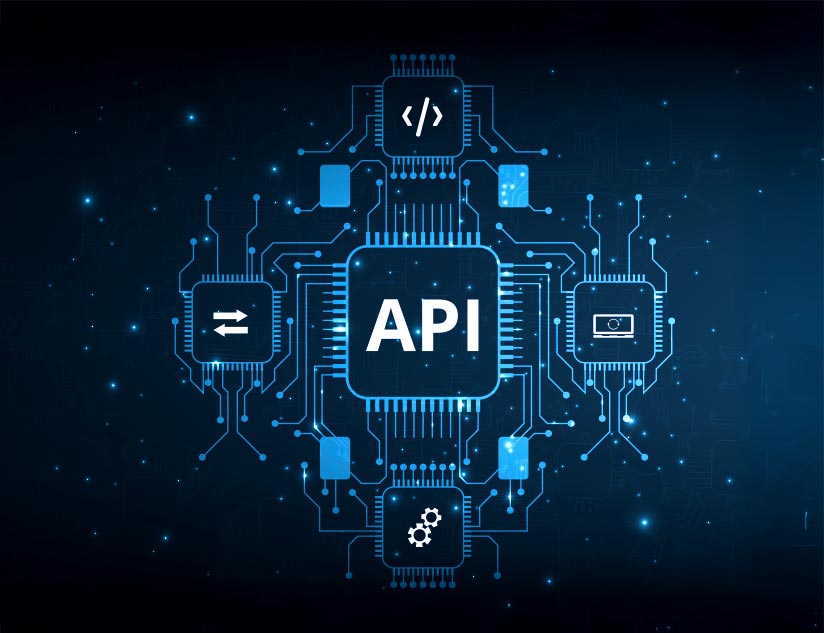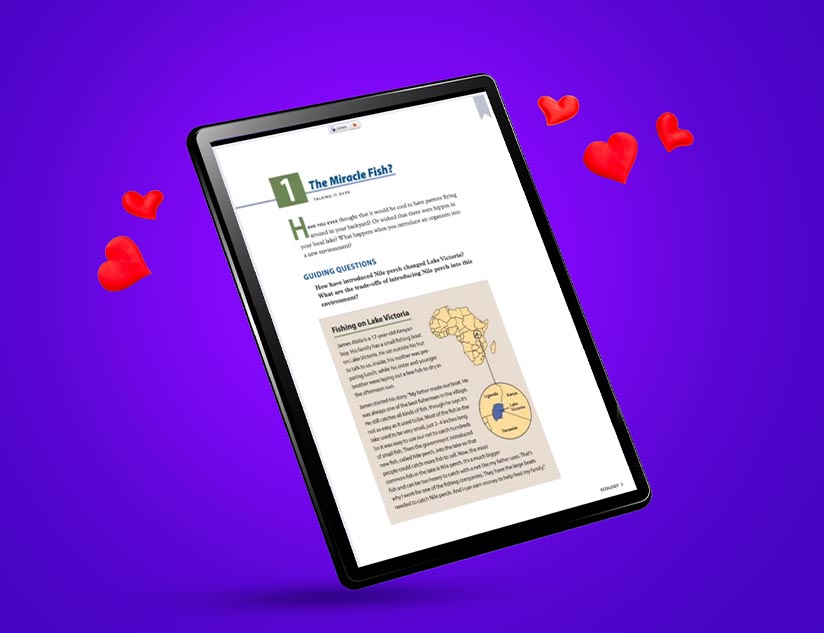What is Inclusive Access?
In the last few years, higher education institutes and textbook publishers have created a model that is called inclusive access. Typically, inclusive access allows for a move from a transaction-based model to a subscription-based model, which is great for students since they end up being able to benefit from volume discounts and pay less for course materials. In simpler terms, this would imply that if a student can buy a textbook for a certain sum of money, this student can gain access to the same course material for a much lower price owing to lower prices of digitised content. All students in a class buy into the content, lowering the cost for everyone.
Various research studies have proven that students with inclusive access perform better than their peers who wait for at least 2 weeks and sometimes even a few months to gain access to their textbooks. Moreover, publishers also benefit significantly in the long run, since they have a reliable and recurring revenue from sales.
How does it work?
Many students all over the world wait to purchase study materials for a range of reasons, which include uncertainty and delays in financial aid for the said purchase. With the introduction of inclusive access, these worries are removed, enabling students to gain access to digital content and materials at a much lower price. The inclusive access model simply identifies the students registered after the add/drop date and informs the institution of these students. A general course fee is attached to the course, which covers the cost of the required study material.
What problems does it solve?
Legislators, parents, students and even colleges agree that the cost of a college education is far too high. The student debts in the USA is somewhere around the mammoth figure of USD 1.4 trillion, which eventually impacts the US economy as well. Therefore, publishers have been working with stakeholders to develop a better purchasing solution for students to not only addresses the financial issue but also addresses teaching and learning concerns as well.
Why should publishers shift to this model?
The global economy, along with rapid advances with respect to the internet, has changed the way textbook publishers operate. Nowadays, a student can access course materials from anywhere in the world, either for free or for a nominal fee. Therefore, publishers are faced with the need to provide less expensive, digital versions of their content – which is where inclusive access comes into the picture. With the inclusive access model, publishers can take advantage of a rapidly developing online market, and provide their products to regions that they previously could not cater to, owing to logistical issues.
How are publishers adopting the model?
The publishing industry has been resisting the digital movement for over a decade. This has resulted in the emerging of two distinct approaches – one, which is traditional in nature and is print-based; and the other one being the modern approach, which utilises the digital and mobile technology. Today, with the changing face of the publishing technology, lower revenue fuelling the movement towards inclusive access, and integrative digital learning platforms on the rise, publishers are finding it remarkably easy to integrate the inclusive access model into their businesses.
Inclusive access – the way forward?
With changes in regulations and a scalable model, publisher capabilities have also changed. However, a question about inclusive access which is frequently asked is – are schools and other institutes willing to give it a try? The answer is a resounding yes. A few examples of schools which used an inclusive access model include Indiana University, which helped over 47,000 students save more than $15 million with their eTextbook initiative; UC Davis, which helped 17,000 students save more than $2.3 million with their program which was kick-started in 2014, and many more across the world.
With a large number of schools, colleges and universities creating and piloting their own inclusive access programmes, the shift towards these initiatives is becoming increasingly evident. Since the model is scalable, it allows for institutes to help ease the tremendous financial burden on students and their families, as well as reduce student debt significantly.















